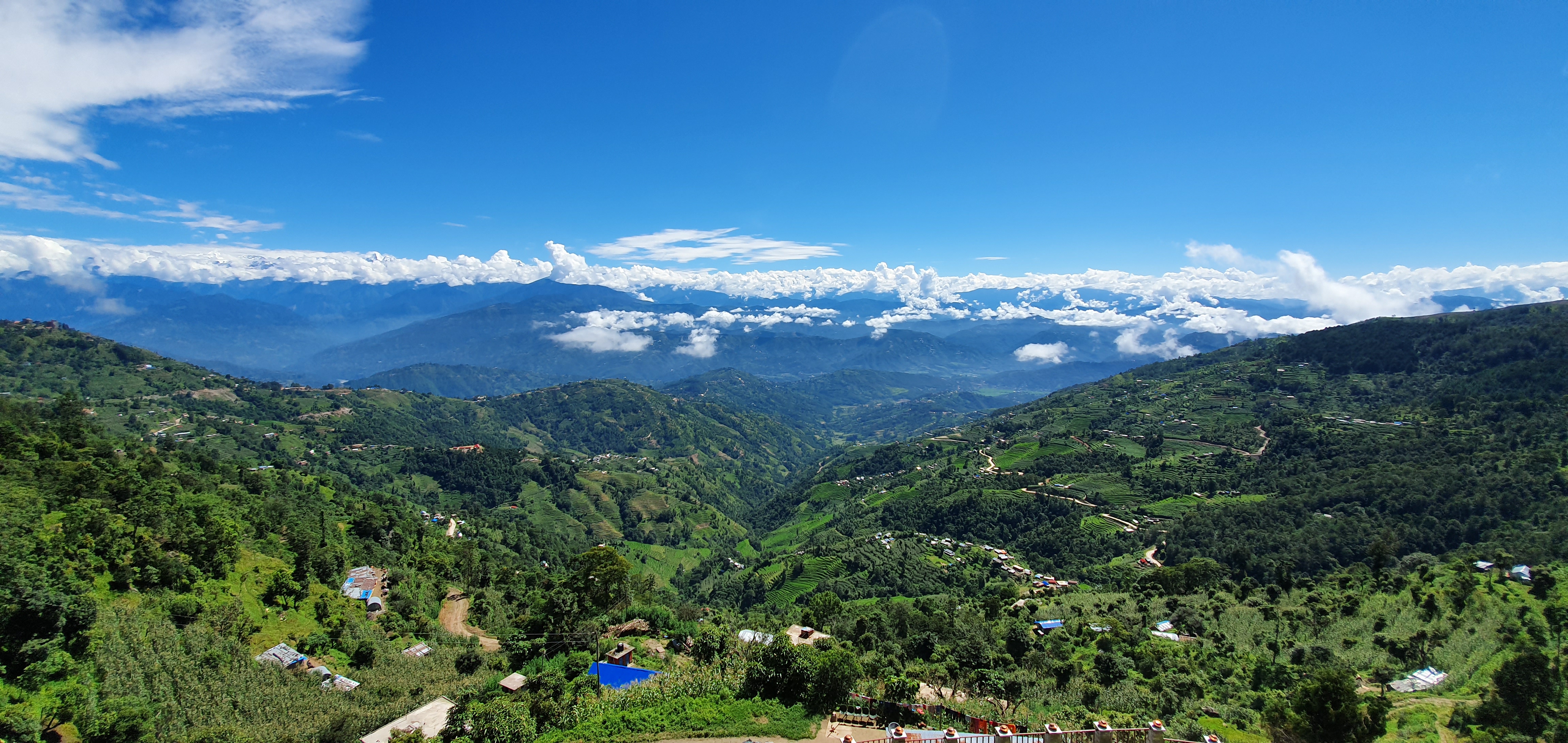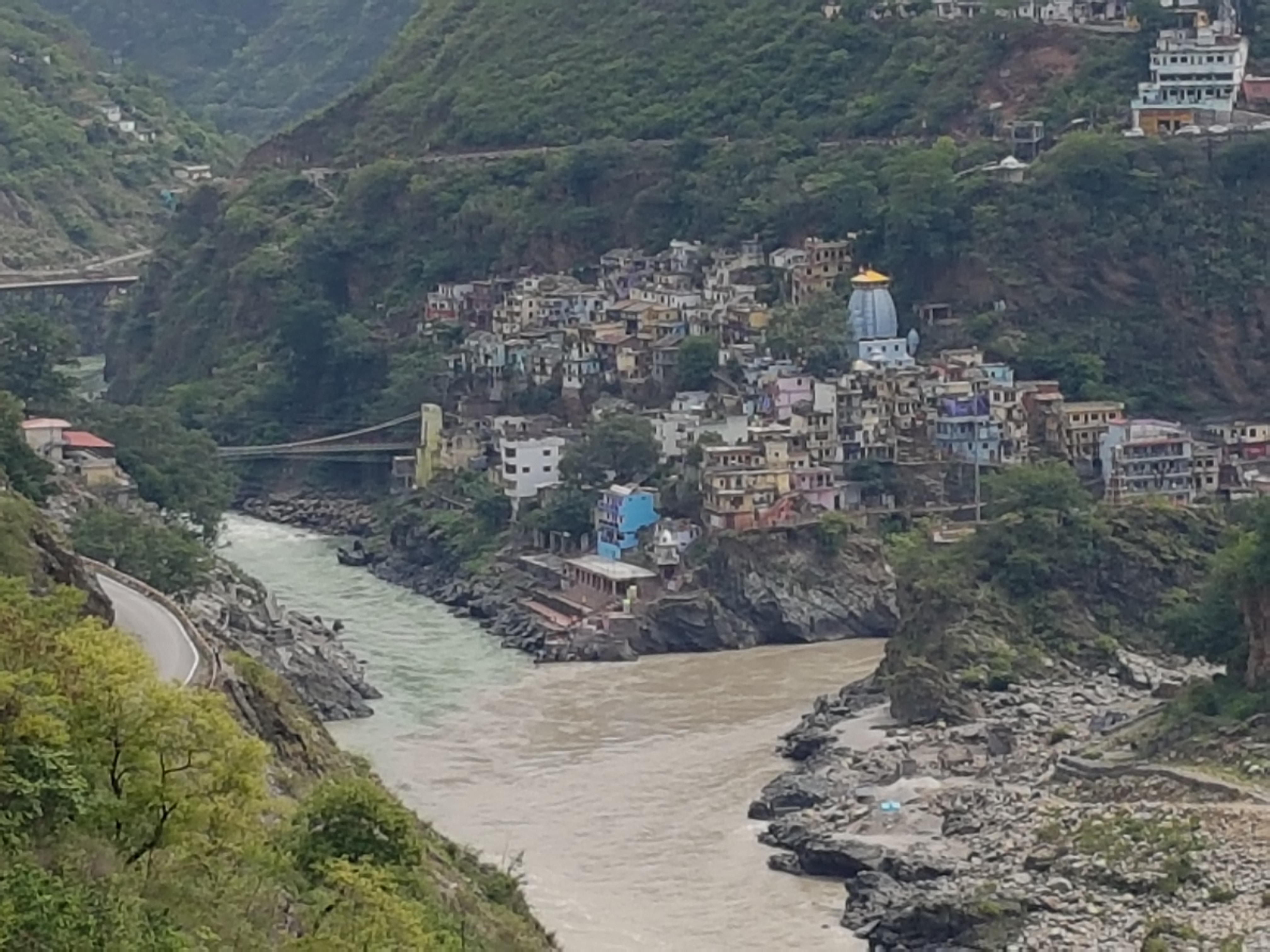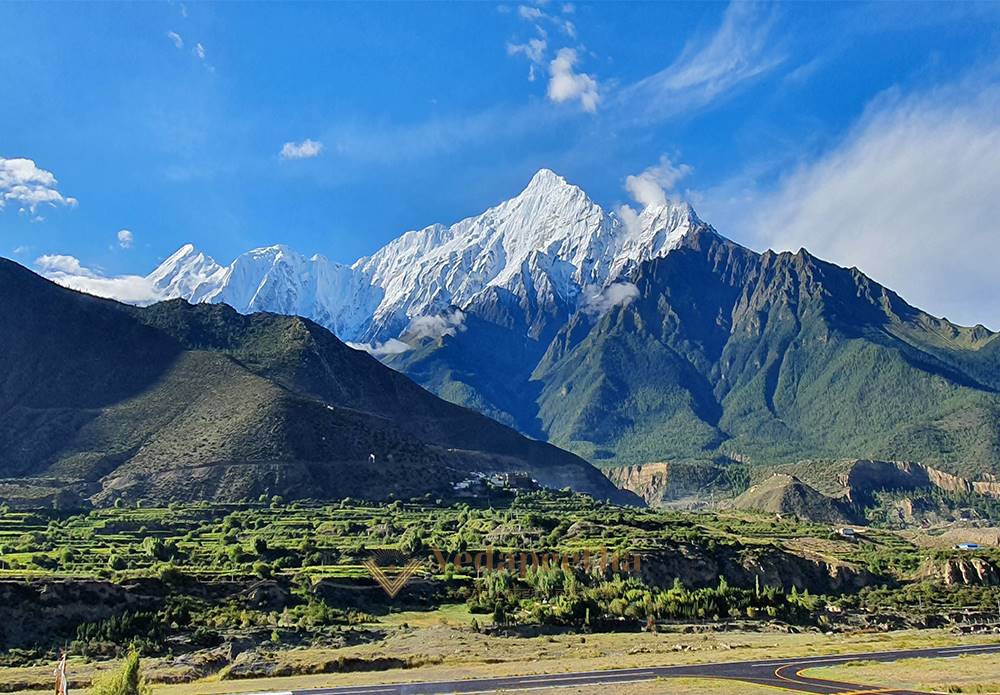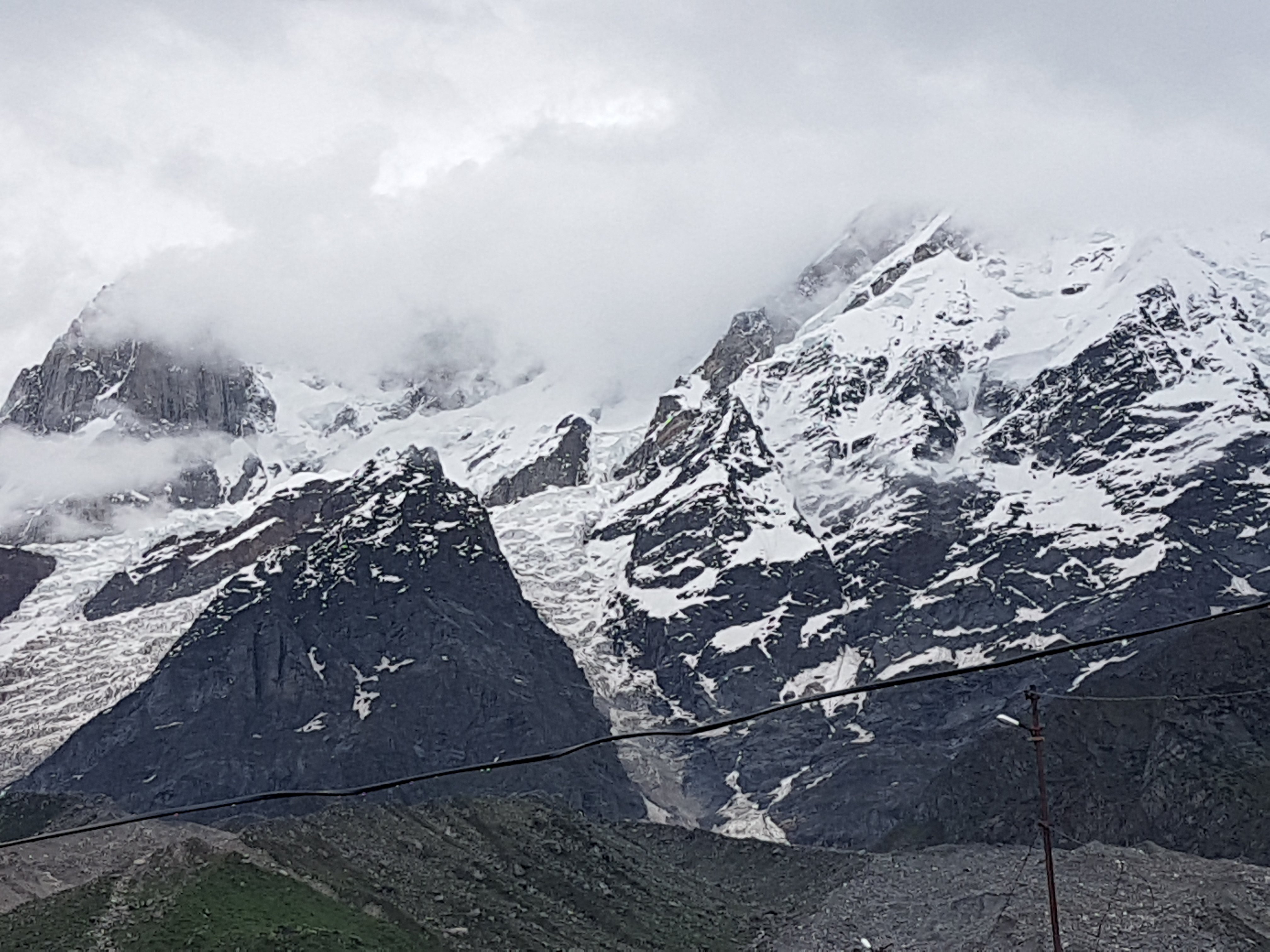Āraṇyakas
The Vedic literature comprises of Saṁhitā, Brāhmaṇa, Āraṇyaka and Upaniṣads. The Saṁhitā portions of the Vedas mostly consists in Mantras recited in various sacrifices; Brāhmaṇas contain explanation of the Mantras and practical directions for the conduct of sacrifices; Āraṇyakas are a further development of Vedic literature; finally, Upaniṣads explain spiritual and philosophical concepts.
Among the four parts of Vedic literature, Āraṇyakas come at the end of the Brāhmaṇas. Even though, they have their own specificity. They contain instructions for performing meditation; these are considered teachings of high value, to be communicated to students by a teacher in the solitude of the forests. They are also meant for the use of men of virtue who have retired to the forest after completing all the worldly activities and who no longer perform daily rituals. In Sanskrit, Aranya means forest and Āraṇyaka means that which is connected to and the works that are to berecited or read in Aranya i.e.in the forest.
Ātmavidyā, Prāṇavidyāand Dhyāna or Upāsanā (philosophy, awareness of breath, meditation and worship) are the key contents of most of the Āraṇyaka texts. Though there were many Āraṇyakas for each Vedas, today only seven among them are available. They are: Aitareya Āraṇyaka and Sāṅkhyāyana or Kauṣītaki Āraṇyaka of Rigveda, Bṛhadāraṇyaka of Śukla Yajurveda, Taittirīya Āraṇyaka and Maitrāyaṇī or Maitrāyaṇīya Āraṇyaka of Kṛṣṇa Yajurveda, finally Jaiminīya or Tālāvacara Āraṇyaka and Chāndogya Āraṇyaka of Sāmaveda. Atharvaveda is believed to be a Veda without any Āraṇyaka; it probably had Āraṇyakas too in ancient times, but they are now lost.It is noteworthy that some scholars consider Gopatha Brāhmaṇa of Pippalāda Śākhā of Atharvaveda as the Āraṇyaka of Atharvaveda.
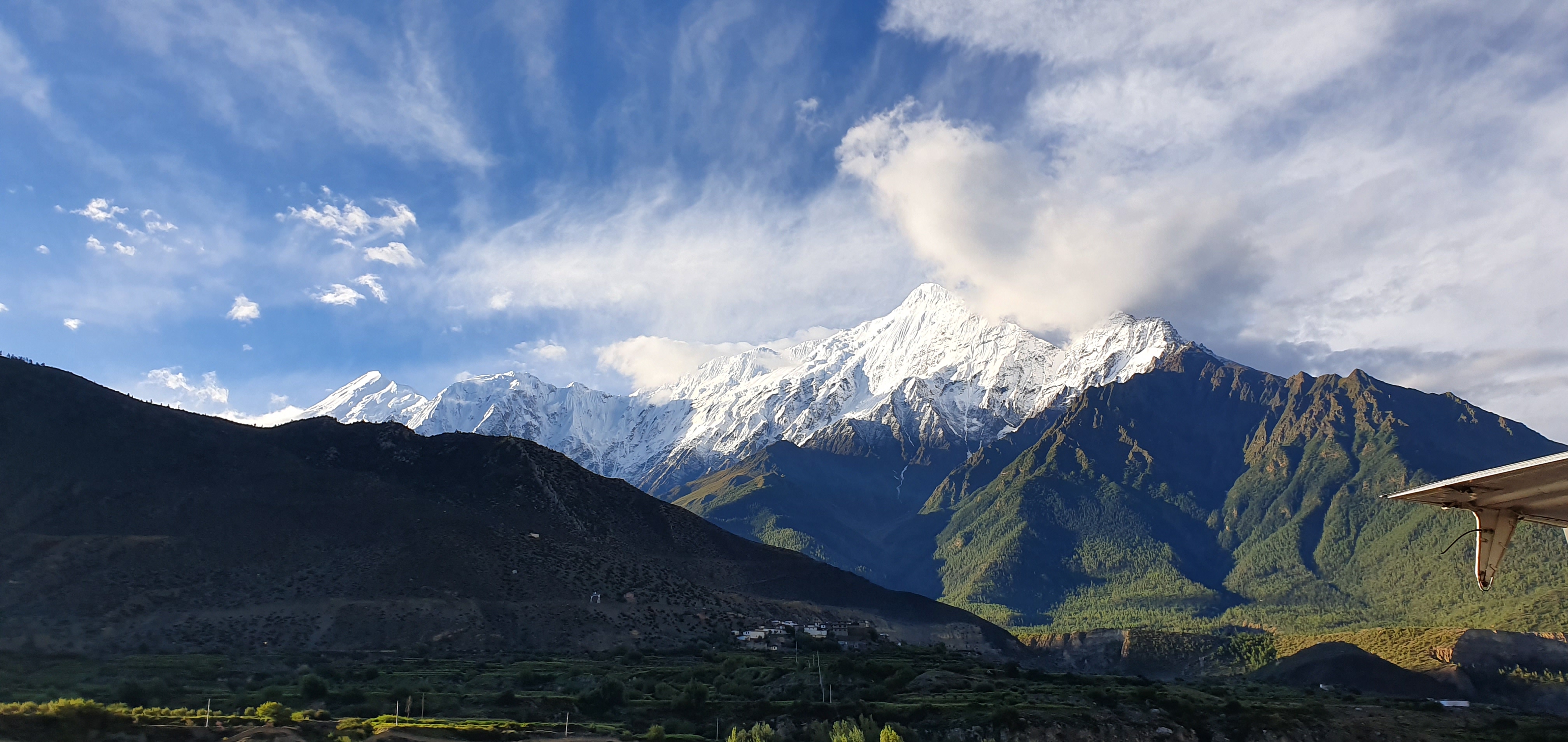

.jpg)
